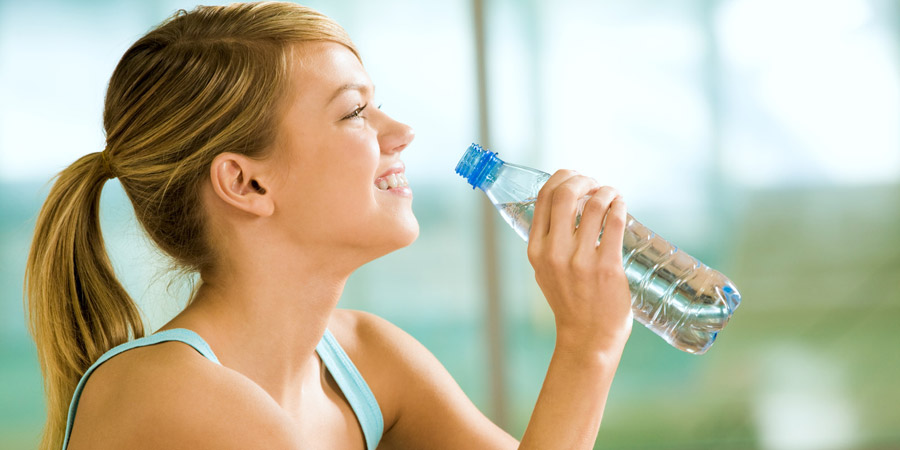A lot of people nowadays require physical therapy; some undergo it as part of their recovery or rehabilitation program, and there are others who regularly get them as a way of maintaining health, mobility or occupational functionality. Whatever may be the reason behind the recommendation for physical therapy, it’s imperative for patients to know the various ways they personally can contribute to ensuring intended results.
When it comes to securing the optimum results of physical therapy Manhattan health specialists have pieces of advice for patients not only for that purpose, but also to make the program as convenient as possible.
For patients with mobility issues who need therapeutic activities that do not require certain equipment, consider just receiving therapy at home. However, if hydrotherapy or equipment-based treatments are required, make sure to have a family member or friend accompany you; this is not only because of your limited mobility, but also due to the fact that therapy can be physically and mentally exhausting. It’s best to not have to worry about the commute home when you’re tired.
Another important advice is to keep skin moisturized. When you don’t move often, and when seasons change, your skin can get incredibly dry. The physical manipulation used in therapy can make skin very irritated and prone to rashes and even lesions. You minimize the risk of that discomfort or complication by keeping skin hydrated with hypoallergenic lotions, and even by drinking water often.
Speaking of drinking water often, it contributes to the success of physical therapy in a multitude of ways. It helps get rid of toxins from the body — specifically, lactic acid that creates soreness after therapy. Also, water can speed the healing process because it loosens those tight muscles, making the body more flexible for a more effective therapy.
For women with long hair, PTs recommend tying it up or braiding the hair, simply to get it out of the way. Hair can easily get tangled into equipment and even the fingers of the therapists. Also, it’s just more comfortable to not have hair hanging over your face when you’re executing a wide range of movements.
As for clothing, your choice should always be appropriate and comfortable. If you’re receiving hydrotherapy, naturally, you need to bring your bathing suit, towel, and some sort of cover-up if you want to maintain modesty. However, if you will be remaining dry the entire session, make sure to wear comfortably fitted clothing (not too loose, not too tight), or even workout clothes that will allow you to move freely, keep you from worrying about exposing your body unintentionally, and will sweat away from the skin. As for shoes, though, it’s highly advised to wear sneakers because they’re comfortable and can minimize the impact of certain movements on body parts you may want to protect like your feet, ankles, hips, knees and spine.
And finally, bring your assistive devices if you wear or use any because the PT session is the perfect time to determine how useful they remain to be for your health and development. The PT will ensure the proper fit of these devices so they can continue to be the help they’re intended to be.



